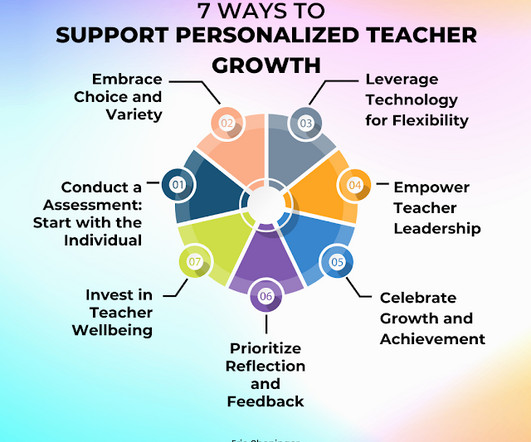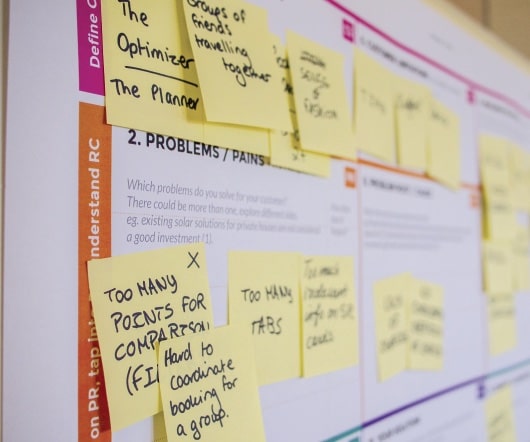Eye on Zero Trust: How to Implement Identity and Access Management in K–12 Schools
EdTech Magazine
JANUARY 30, 2024
Developed in 2009 by former Forrester Research analyst John Kindervag, the zero-trust security model revolves around the motto “never trust, always verify.” It is an evolving methodology in cybersecurity that governs user access to data and networks.



















































Let's personalize your content